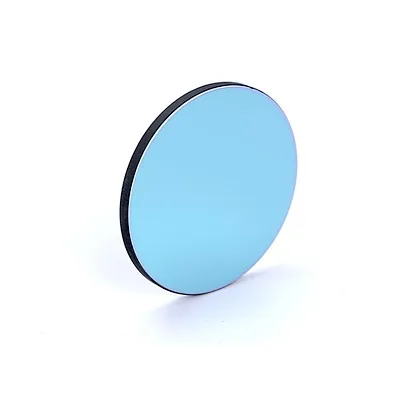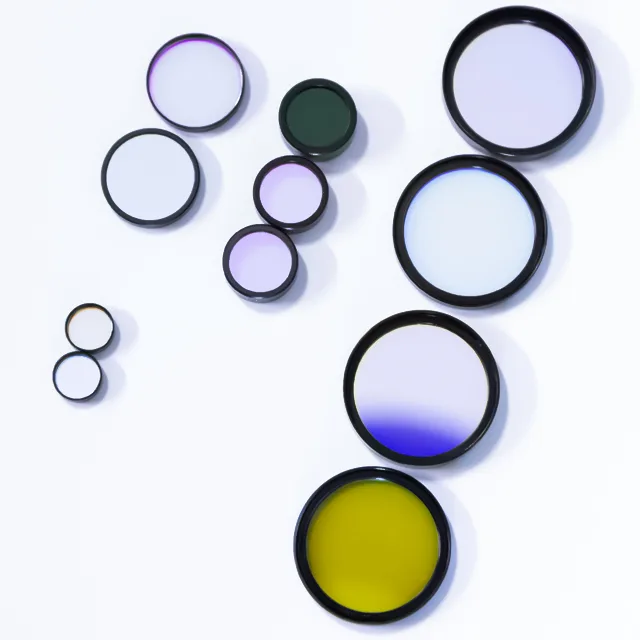The universe of optics is continually advancing, with consistently expanding requests for accuracy and precision. Super tight bandpass channels have arisen as an essential instrument for upgrading the exhibition of optical frameworks, offering the capacity to confine and communicate minute unearthly reaches with extraordinary accuracy.
This blog digs into the complexities of these channels, revealing insight into their functioning standards, applications, and the many benefits they offer that would be useful.
What Are Ultra-Narrow Bandpass Filters?
Ultra-narrow bandpass filters, known by ghastly channels. Optical parts are intended to specifically communicate an exceptionally restricted scope of wavelengths while proficiently shutting out any remaining wavelengths.
This uncommon selectivity is accomplished via cautiously designing the channel’s otherworldly attributes. It permits a one-moment “band” of light to go through, guaranteeing that optical frameworks can work with the most significant amount of accuracy.

How Do Ultra-Narrow Bandpass Filters Work
The working process of ultra-narrow bandpass filters depends on interference. These filters consist of multiple layers of dielectric materials, precisely engineered to create constructive interference for the desired wavelength range and destructive interference for all other wavelengths. This impedance peculiarity brings about the transmission of an exceptionally restricted band of light, normally only a couple of nanometers wide.
Applications of Ultra-Narrow Bandpass Filters
Ultra-narrow bandpass filters find applications in a wide range of fields, including but not limited to
Spectroscopy: In spectroscopic applications, these channels empower the disconnection of explicit unearthly lines for point-by-point examination, improving the exactness and goal of estimations.
Laser Systems: Super Restricted Bandpass Channels are essential in laser systems to eliminate and send unequivocal laser wavelengths while preventing unwanted upheaval and disseminated light.
Bioimaging: They are utilized in fluorescence microscopy to catch and dissect exact discharge spectra from fluorophores, supporting organic exploration and diagnostics.
Communications: In optical correspondence structures, It can help in signal division and recurrence multiplexing, ensuring high data move rates and diminished signal block.
Astronomy: Cosmic perceptions benefit from these channels by confining explicit unearthly lines, working with the investigation of heavenly items and their piece.
Advantages of Ultra-narrow bandpass filter
There are many advantages of the Ultra-narrow bandpass filter. For your better concern here we include four best benefits of this excellent bandpass filter.
Precision: These channels offer unequaled ghostly accuracy, considering the separation of specific wavelength ranges, even inside the nanometer scale.
Worked on Signal-to-Commotion Proportion: Ultra-narrow bandpass filter improves the sign-to-commotion proportion in optical frameworks by obstructing undesirable wavelengths, prompting more precise estimations and perceptions.
Upgraded Goal: In different applications, like spectroscopy and bioimaging, these channels work on the goal, empowering specialists to assemble more definite data.
Signal Respectability: In correspondences and laser frameworks, these channels guarantee signal trustworthiness and diminish crosstalk between channels.

FAQs:
Q. How would I pick the right Ultra-narrow bandpass filter for my application?
A. Choosing the right channel relies upon factors like the ideal wavelengths to reach data transfer capacity and the particular application. It’s fitting to talk with optical specialists or channel producers to pursue an educated choice.
Q. Could I at any point utilize an Ultra-narrow bandpass filter with broadband light sources?
A. Indeed, super-restricted bandpass channels can be utilized with broadband light sources, however, they will just communicate an extremely thin part of the light range. This can be helpful in applications where explicit phantom lines should be separated.
Q. What is the run-of-the-mill data transfer capacity of super-narrow bandpass channels?
A. The transfer speed of these channels can be incredibly limited, frequently only a couple of nanometers wide. Be that as it may, it can fluctuate contingent on the plan and reason for the channel.
Final thought:
Super Ultra-narrow bandpass filters are irreplaceable apparatuses in the realm of optics, offering unrivaled unearthly accuracy and upgrading the exhibition of optical frameworks across different fields. These channels empower the seclusion of moment wavelength ranges with outstanding precision, making them essential for applications going from spectroscopy and bioimaging to interchanges and space science.
